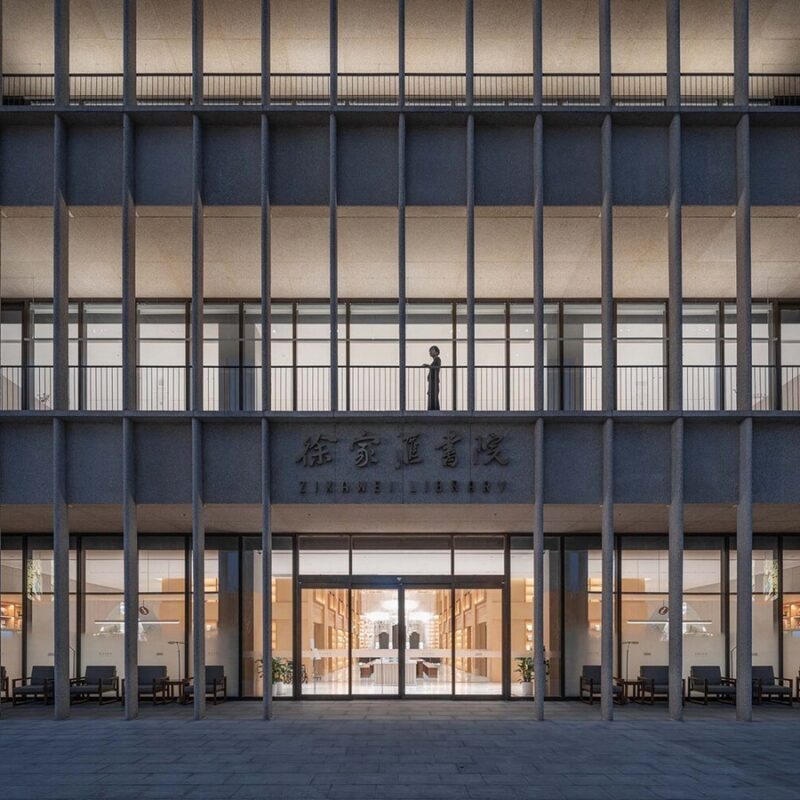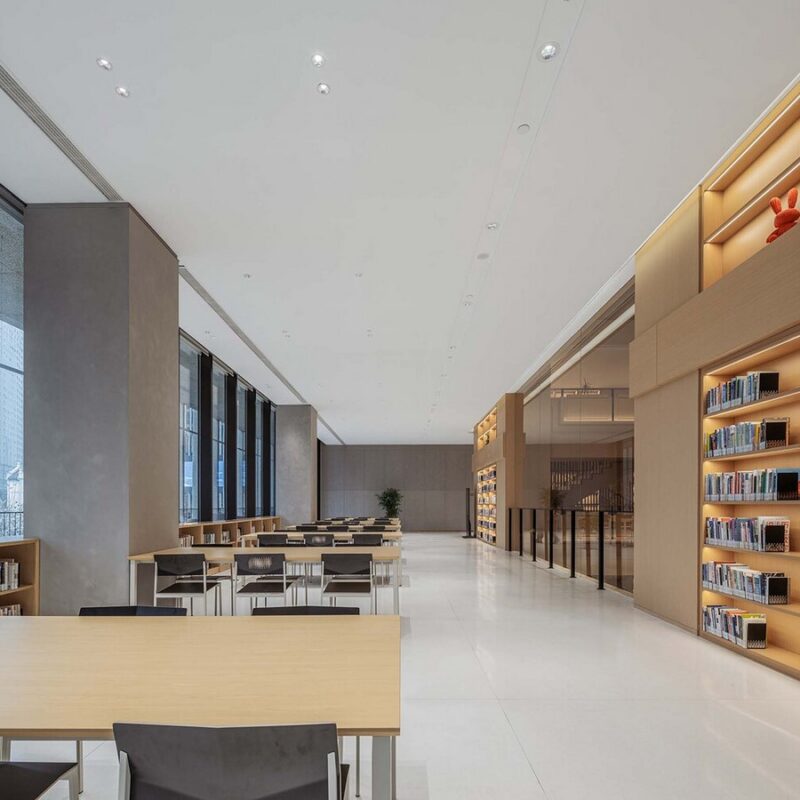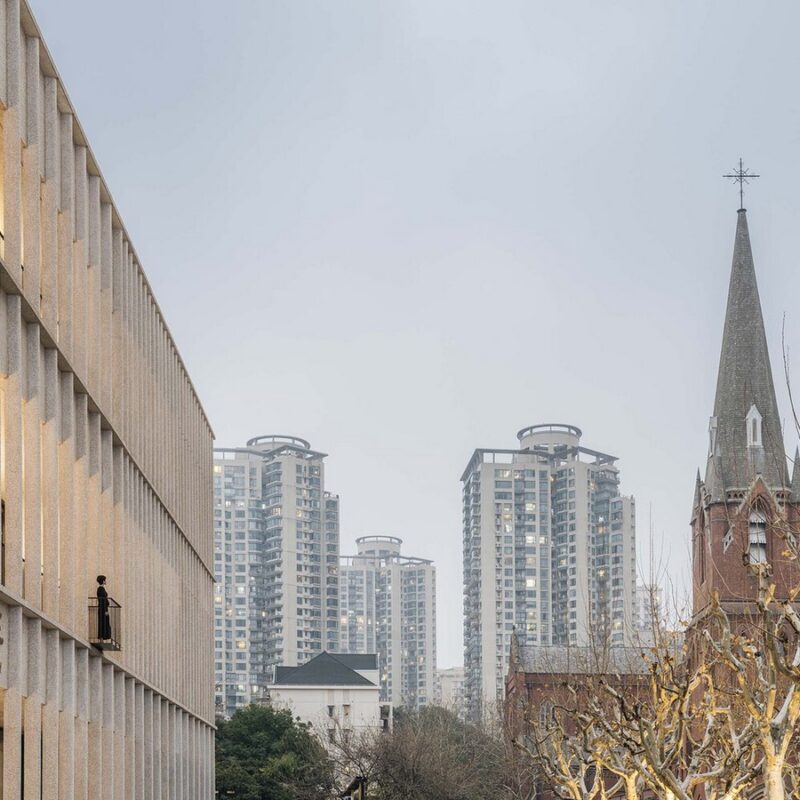Introduction to Zikawei Library
Situated in Shanghai, the Zikawei Library, designed by Wutopia Lab over four years, emerged as a sensational cultural landmark. Initially planned as a bookstore by David Chipperfield Architects, the building transitioned into a public library in the Zikawei District, showcasing a unique blend of historical essence and contemporary design.
Wutopia Lab’s Design Philosophy
- Spatial Narrative: Wutopia Lab embraces a new spatial narrative, termed magical realism, by reimagining traditional architecture and integrating it with modern elements.
- Chinese Nested Boxes: Inspired by ancient Chinese trousseau boxes, the library’s structure embodies nested layers, each symbolizing a different aspect of cultural significance.
Architectural Transformation

- Courtyard Interpretation: The traditional courtyard is reinterpreted to foster interaction and poetic experiences, challenging classical narratives while preserving their essence.
- Basilica Influence: Drawing from the basilica’s sacredness, the atrium is sanctified, symbolizing the library as a temple of knowledge.
Narrative through Space
- Layered Structure: The library’s design features distinct layers, each serving a unique purpose, from housing reading areas to showcasing iconic treasures like the pagoda and a massive reading table.
- Interplay of East and West: The blend of Western basilica architecture and Eastern pagoda symbolism represents a harmonious fusion of ancient and modern ideologies.
Community Engagement

- Openness and Welcoming: The library’s design emphasizes openness, inviting not just avid readers but also the general public to engage with its spaces.
- Public Reading Spaces: Utilizing balconies and step seating areas, the library creates public reading spaces that interact with the surrounding cityscape.
Impact and Reception
The Zikawei Library’s innovative design and community-focused approach garnered immense popularity, attracting thousands of visitors within months and revitalizing the Zikawei business district. It stands as a testament to the transformative power of architecture and the magic of cultural spaces in urban environments, particularly in a vibrant city like Shanghai.



































